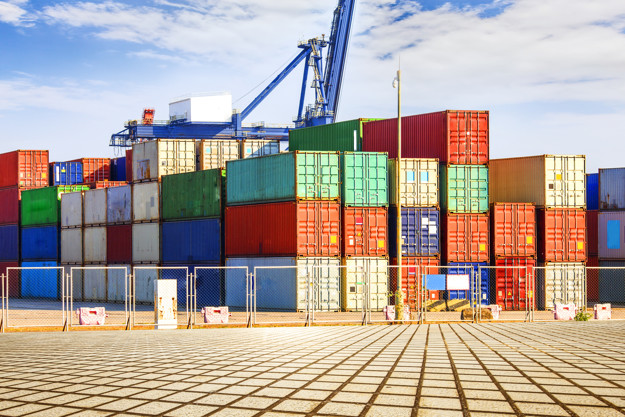Tips Before Starting an Import/Export Business

Setting up a business is not a simple task, let alone offering products that can reach more people on an international scale. If you’re an aspiring entrepreneur looking to plunge into the tough competition of foreign commerce, you must be equipped with adequate skills and knowledge in order to survive.
Running an import-export business is now much more convenient than before with the advent of modern technology. The use of the internet to communicate with customers has become commonplace and the learning curve in managing different operations mostly requires competent organizational skills.
While you don’t have to be an expert in this kind of industry, it is still a necessity to be aware of certain things that can optimize your chance of growth as well as minimize the effects of potential risks. The possibility of failure is always present in any form of business, so you should always pay attention to every detail.
Here are some of the best tips that can help you when starting out an import or export business:
Consider Your Products
Since you will be taking on an import-export trade, the products that you’re going to sell can become the X factor for fate of your company for the following years. Think carefully when deciding which product should you sell and be sure to stick with it. Once you figured out the best products for you, use your judging skills to know whether these products are worth your investment or not.
Always keep these two important questions in mind:
- Do people want those products?
- Do you know how to sell it properly?
If you are confident that your products can become something that is sought-after by many people across cultures and you know at least the fundamentals of selling it properly, then you now have a set of products to sell.
Find Your Target Market
So you already have some products to sell, and the next problem you need to solve is how you can find the people that are more than willing to buy them. Those people are your customers, your target market. Identifying them from a specific country can be a herculean task, so you’ll be needing extra time and probably a hand to do this the right way.
Prepare in-depth research regarding the latest market trends of the particular location where you desire to offer your products. There are several agencies that can do this for you in case you have a pretty hectic schedule.
Set up a Website and Develop an Online Presence
Creating a website provides your company and your products the needed exposure for online users around the world. Take advantage of multiple online platforms to market your products especially your target market. Be responsive to customer feedback and complaints and establish an online community that can enhance their loyalty and ultimately accumulate sales for your company.
Amp up Your Logistics Connection
One of the most challenging things that your import-transport business will have to overcome is making a solid system or plan on transporting your products. With a bunch of legal processes that concern your line of profession, you must be ready to outsource services in logistics. Take for example freight forwarders. Hiring a freight forwarding agency can significantly lessen your load of tasks in complying with customs requirements and other legal processes. They can even help you find the best carrier so that you can cut down your expenses in shipping.
Excelsior Worldwide Freight Logistics conducts free orientation for those who are willing to learn. It is our advocacy to share our knowledge & experience worth more than a decade in the business. Visit our website today at www.excelsior.ph to learn more about our service.
Sources:

